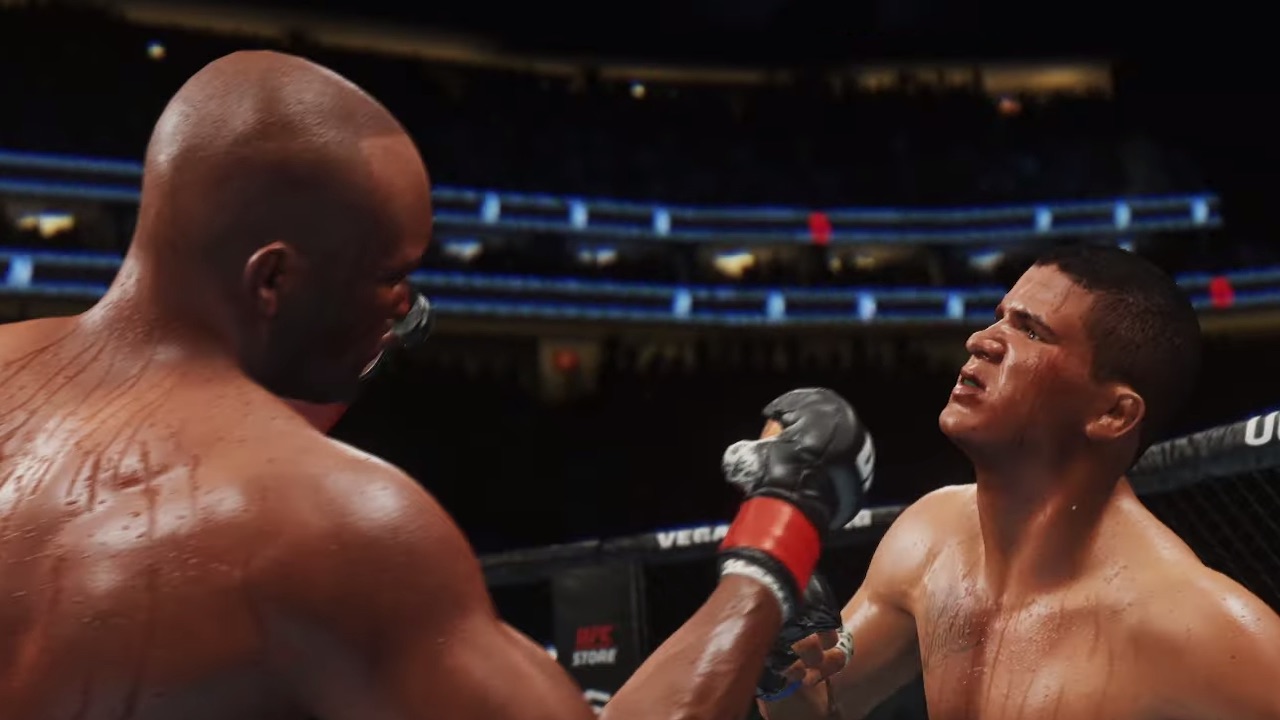


The old system is replaced by two intuitive sequences where the attacker must cover the defender’s bar as the action plays out behind the overlaid user interface. Perhaps the most welcome improvement is the addition of new submission minigames. While this option is handy for casual players, I quickly changed the controls back to the legacy scheme since I like controlling exactly which positions I take on the ground. Once you’re on the ground, the new grapple assist system lets you select the outcome you want and the game does the rest. Clinching with your opponent and shooting for takedowns now feel like a natural extension of the stand-up experience, taking into account locomotion to determine success. If you’d prefer to settle things on the ground, the grappling system is also improved. Standing up and striking with your opponent continues to be an edge-of-your-seat experience, with progressive, localized damage throughout the bout, as well as the potential for flash knockouts with well-timed strikes I jumped off my couch in shock as Conor McGregor ended my championship run with a counter left cross. With its improved control scheme, modifying strikes to be heavier or flashier is as simple as holding the face button for longer. The timeless concept of two fighters punching, kicking, and grappling their way to victory has never been more realistically represented than in UFC 4. The result is another outing worthy of wrapping the title belt around its waist. UFC 4 takes the lessons of the athletes it portrays seriously, building upon the strong foundation of UFC 3 in some places, while going back to the drawing board and completely revamping its approach in others. Strategies and skillsets that got you a championship a few years ago could lead to a string of defeats today. The sport of mixed-martial arts is a fickle and ever-evolving entity.


 0 kommentar(er)
0 kommentar(er)
